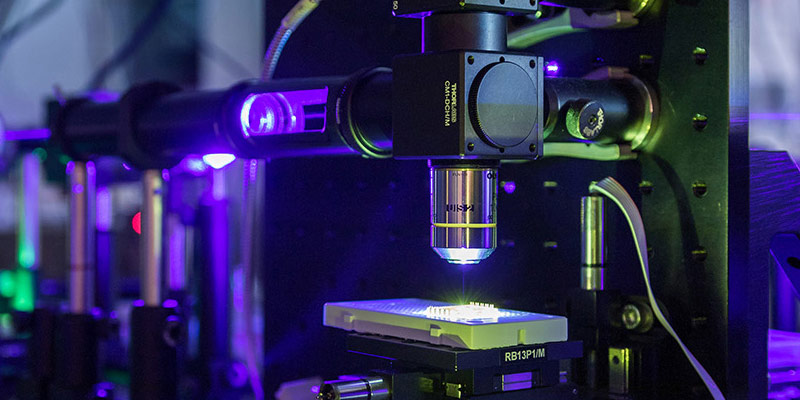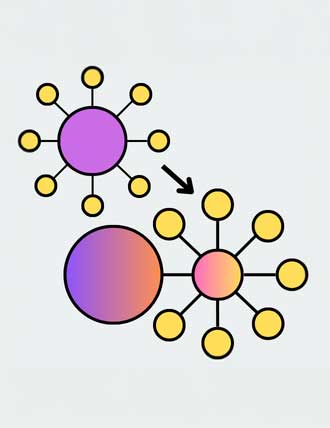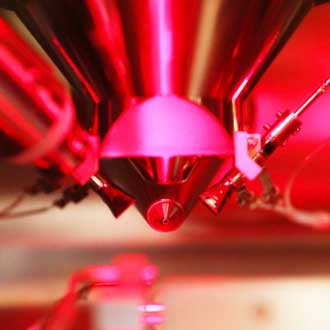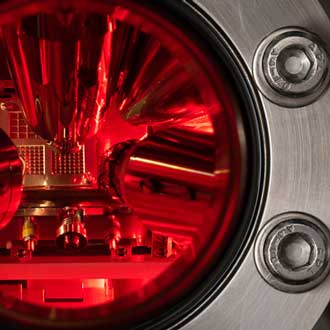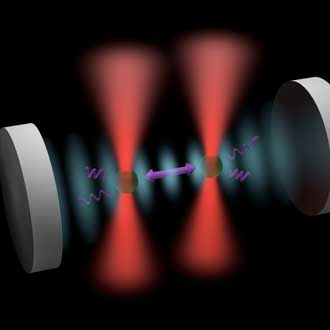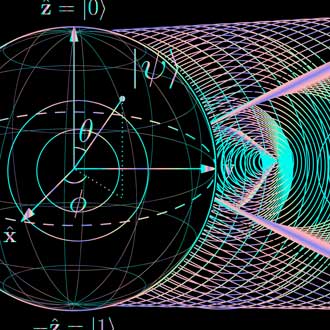Pioneering Quantum 2.0
Driving breakthroughs in next-generation quantum technologies
From Rutherford’s work on the atom, to the isolation of graphene and the creation of the world’s purest silicon for qubits, our community has been a driving force in quantum discovery.
Today, we at the forefront of applied quantum research and innovation. Bringing together dozens of the world’s leading experts, united by a singular mission, we’re exploiting quantum effects with revolutionary capability in imaging, timing, computing and sensing, and translating these into quantum 2.0 technologies.
A dynamic community of around 100 researchers across physics, engineering, materials, mathematics and computing.
A leading partner for National Physical Laboratory’s materials research for quantum.
World-leading equipment for building and understanding quantum science.
An unrivalled research environment
We deliver internationally renowned research and training, bringing together research from the £120m National Graphene Institute with 1,500m² of class 100 and 1000 cleanrooms, the £60m Photon Science Institute, the Henry Royce Institute, the UK’s national institute for advanced materials research and innovation, the National Electron Paramagnetic Resonance Facility which contains probably the broadest range of microwave EPR instrumentation in Europe, and from across our departmental research activities across our Schools and the Faculty.
Over the last ten years, we’ve invested £1bn in our campus to create an environment where researchers can unlock potential and empower progress.
As a result, we host equipment that can’t be found anywhere else. Such as P-NAME, which can dope materials to one ion with 20 nanometre accuracy and CUSTOM facility, the only cryogenic near-field microscope of its kind in the UK.
This means, from the lab to real-world impact, we’re helping deliver transformation that shapes the future.
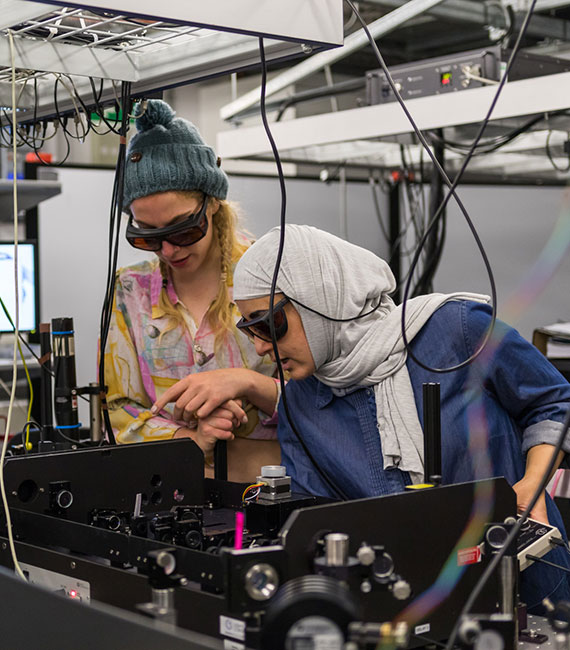
Seamless connectivity
Our research and innovation ecosystem is strongly supported by our networks with the University and the city. For example, we work in collaboration with:
- Our University’s Academic Centre of Excellence in Cyber Security Research to gain a broad perspective on security challenges—many of which are directly shaped by quantum technologies.
- The UK’s largest NHS Foundations Trusts, based here in Manchester, to help translate quantum sensing into patient diagnostics.
- Our Faculty is home to the largest Computer Science department, to collaborate on the convergence of AI and quantum computing.
- Our colleagues in social science, to advance the study of quantum security and trust.
- Our researchers lead experiments at CERN, to advance the application of quantum to our leading studies on the universe.
Our research specialisms
Explore our impact
- Read our input into the Horizon 2020 EC-FET European Quantum Flagship programme.
- Discover our partnership with National Physical Laboratory (NPL) where we also co-lead the UK M4Q EPSRC Network.
- Read how the world’s purest silicon has brought scientists one step closer to scaling up quantum computers.

Get in touch
If you're interested in collaborating with us, or want to know more about the Centre's activities and how to get involved, contact:

